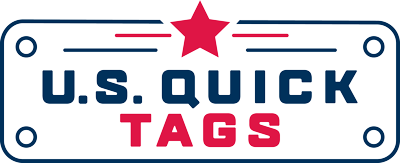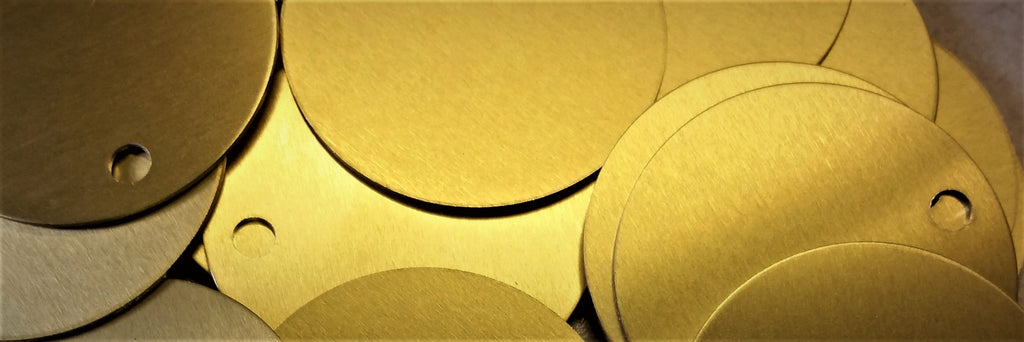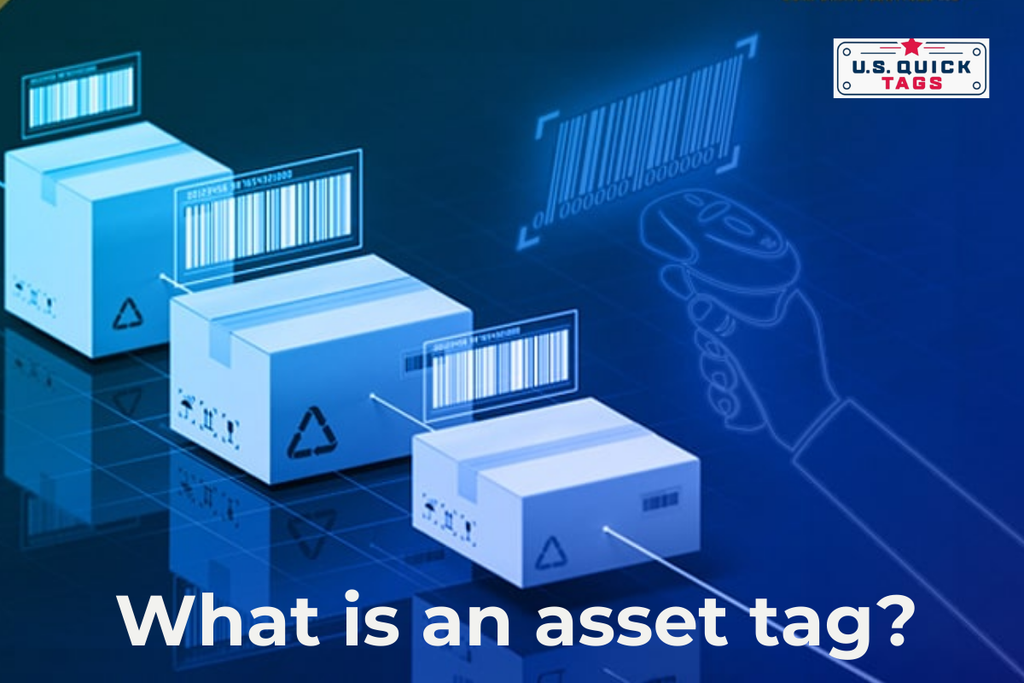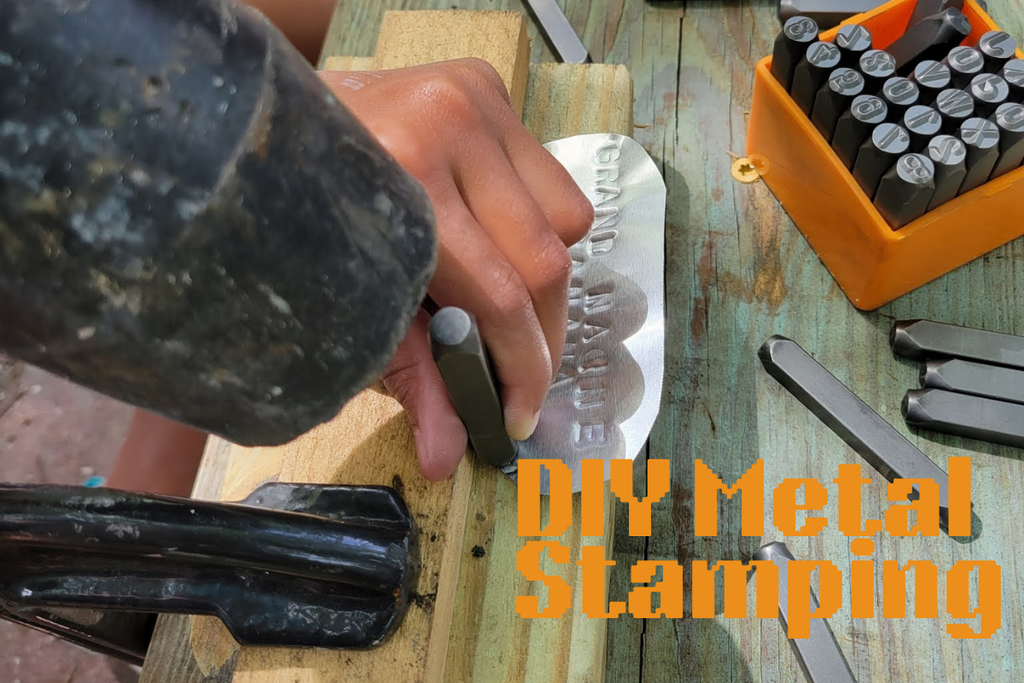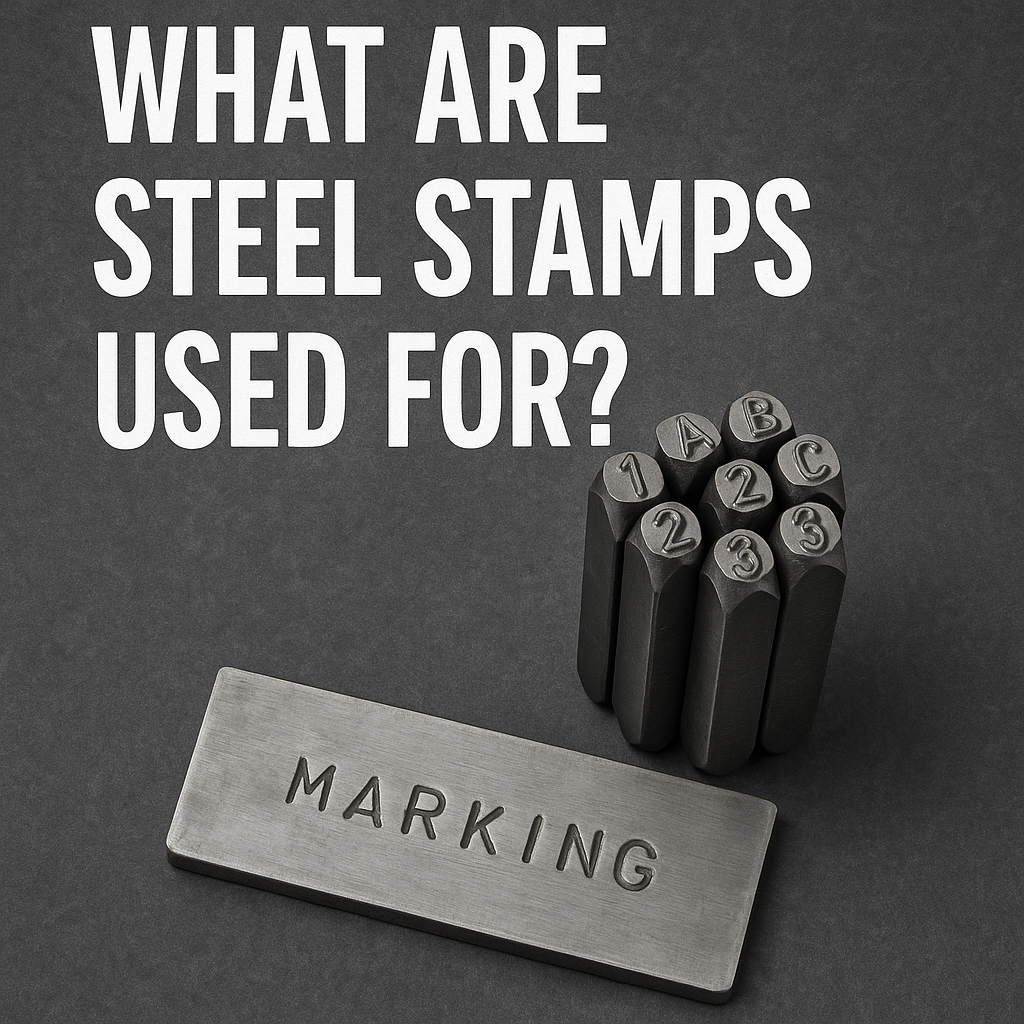Brass Blank Tags: Durable & Versatile
- USQuickBlogs
- 20 Nov, 2019
Brass is an alloy of copper and zinc, giving the material some unique and desirable properties.
In addition to having a stand-out appearance, brass is also a very durable metal. This makes it useful in industrial environments from manufacturing facilities and construction sites to energy plants and mines.
Brass tags and nameplates are used by a wide range of organizations to meet performance requirements and aesthetic preferences.
Properties
Appearance
This metal sports a distinct lustrous appearance. The shiny surface offers a similar look to gold or copper, but without the restrictive cost associated.
Over a period of time, these golden-esque nameplates develop a natural patina finish. This is actually one of the reasons why brass is chosen.

For applications requiring a vintage-looking tag, brass fits the bill perfectly.
For example, furniture manufacturers often use worn brass nameplates to label their products without diminishing the “rustic” aesthetic.
Durable
In addition to a stand-out appearance, brass is also a very durable metal.
This alloy is resilient to both water and chemicals, with high corrosion resistance.
Brass is softer than comparable metals (aluminum or stainless steel). This can be a positive or negative depending on how it will be used.
Other Properties
Other than durability and a lustrous look, brass features some other unique properties as well.
For example, brass is typically considered a non-ferrous material. These materials are typically non-magnetic as they do not contain iron. They are also often great conductors of heat and electricity. Some applications specifically require non-ferrous materials such as mining.
In addition, brass is considered a low friction surface. This is why you will commonly see it used in musical instruments, gears, bearings, and more.
Keep in mind, these properties will vary based on the specific alloy.
Industries
Industries of all types can find use from brass identification nameplates. These tags are used for marking equipment, labeling furniture, identifying pipes, and more.
Some examples of industries which use these tags include:
- Plumbing
- Electrical
- Mining
- And More
Marking Process
Stamping
This process is as simple of a marking process as it sounds. A high strength stamp is used to create a recessed impression in the soft brass material.
Brass blanks are marked by machines, or even by hand striking specially made stamps.
Stamped designs may be simple, but they are extremely effective. They convey a message easily, and are extremely durable.
Embossing
For the utmost in durability, many industries turn to the embossing process. Embossed characters are raised upwards in the brass material using a custom die set.

These markings literally stand-out, making them a breeze to read even when masked by fluids or paint.
The embossed design will last about as long as the material itself does.
Etching
In some situations, a truly custom design is required. This may include custom logos, colored information, or variable data on each nameplate.
The etching process uses a laser or chemical treatment to create indentations in the material. The metal is removed only in the desired areas, creating a custom impression.
After the mark is made, a solid color can be filled into the area for a vibrant design. However, this color fill is very prone to wear, and will fade away completely over time.
Etching in general is not the most durable solution, and will also wear if exposed to harsh conditions.
Wrap-Up
Brass is a highly versatile material used for a wide range of applications. Many industries require the unique set of characteristics which the material provides. Due to their high durability, appearance, and unique properties, nameplates make for an excellent identification solution.
